Hybrid cars have become a popular choice for drivers seeking improved fuel efficiency and reduced emissions without fully committing to an electric vehicle (EV). But there’s more than one kind of hybrid on the road today — mild-hybrid, hybrid, and plug-in hybrid vehicles each offer different levels of electric assistance. Let’s break down how they work and which one might be right for you.
What is a Hybrid car?
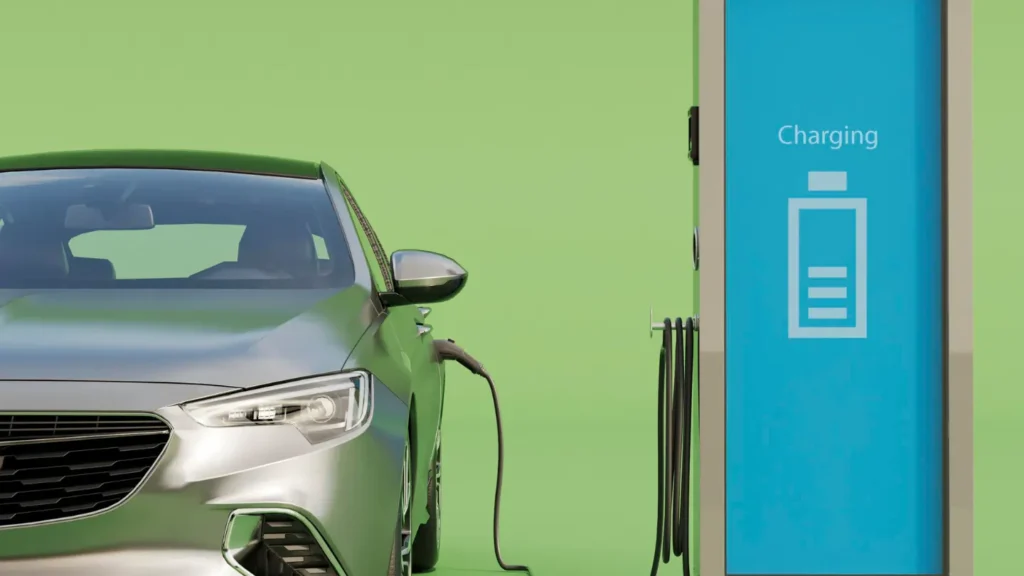
A hybrid car combines two power sources, typically a gasoline engine and an electric motor, to improve efficiency and reduce fuel consumption. Unlike fully electric cars, hybrids don’t necessarily need to be plugged in (except for plug-in hybrids). Instead, they recharge their batteries using regenerative braking and the gasoline engine itself, which can act as a generator.
Key components of a Hybrid car:
- Gasoline Engine – Works like a traditional engine but often shuts off when not needed to save fuel.
- Electric Motor – Powers the car at low speeds or assists the engine.
- Battery Pack – Stores energy for the electric motor (much smaller than an EV’s battery).
- Regenerative Braking System – Captures braking energy and turns it into electricity.
How do Hybrid cars work?
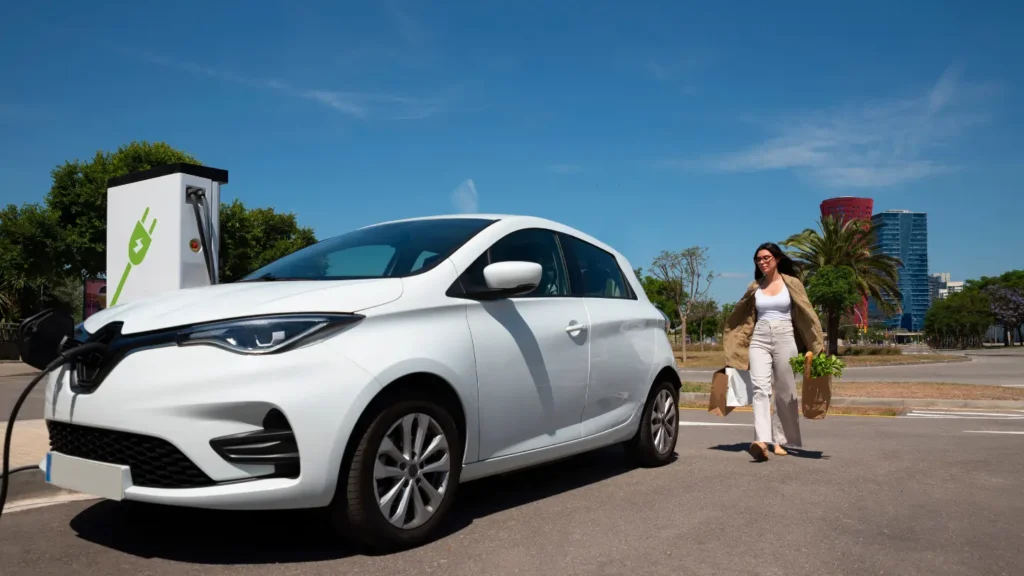
Hybrids automatically switch between the gasoline engine and electric motor based on driving conditions for optimal fuel consumption and emissions:
- At low speeds (city driving): The electric motor often powers the car alone.
- At higher speeds (highway driving): The gasoline engine becomes more efficient and takes over.
- During braking/coasting: Energy is recaptured through regenerative braking to recharge the battery.
This hybrid system helps hybrids achieve impressive fuel economy, particularly in stop-and-go city traffic.
Types of Hybrid cars
While the term “hybrid” gets used broadly for most electrified cars these days, there are key differences between mild-hybrid (MHEV), hybrid (HEV), and plug-in hybrid (PHEV) systems:
Mild-Hybrid Vehicles (MHEVs)
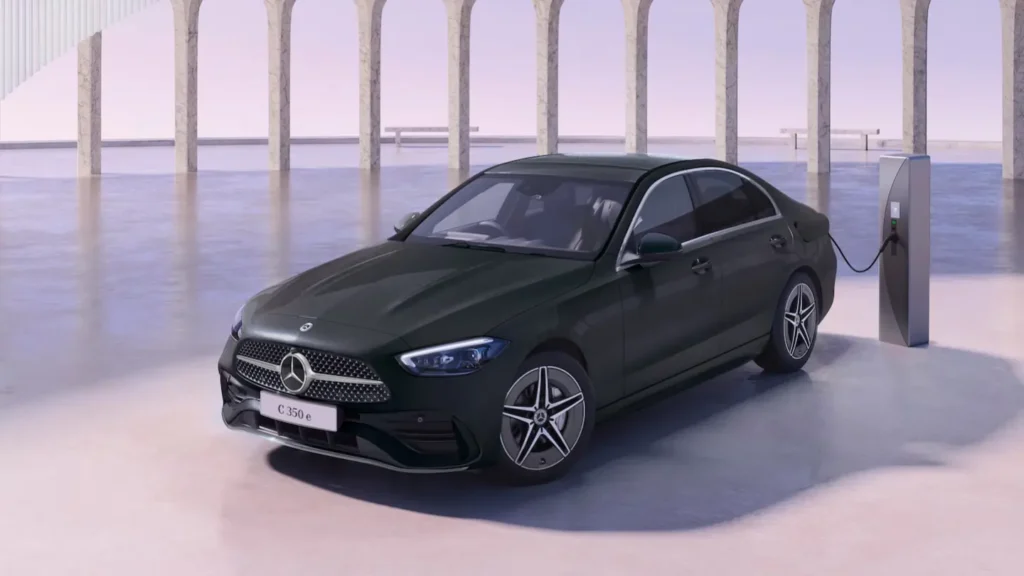
Mild-hybrid electric vehicles offer a gentler step toward electrification. The electric motor supports the gasoline engine but cannot drive the car on its own.
How does it work?
- Electric assist: Provides a boost during acceleration which reduces fuel consumption, especially when setting off from a standstill.
- Stop-start system: Shuts off the engine at idle for improved efficiency.
What are its advantages?
- Better fuel economy than traditional petrol cars.
- Lower emissions.
- More affordable than full hybrids or plug-in hybrids.
Toyota HiLux and Mercedes-Benz C-Class are some cars available in Australia that use mild-hybrid systems.
Who is it best for?
Drivers who want better efficiency without drastically changing their driving habits — and without worrying about plugging in for a charge.
Hybrid vehicles (HEVs)

The “classic” hybrid, best exemplified by the Toyota Prius, can drive short distances on electric power alone — especially at low speeds.
How does it work?
- Dual power sources: Switches between the gasoline engine and electric motor (or uses both together).
- Self-charging: Recharges the battery through regenerative braking and the engine.
- Sailing ability: Some hybrids can “sail” at highway speeds with the engine off.
What are its advantages?
- Significant fuel savings, especially in city driving.
- Lower emissions compared to petrol-only cars.
- Better acceleration off-the-line.
- No need for charging stations.
Toyota RAV4, Haval H6, Honda HR-V e:HEV X, Toyota Corolla Cross, and Hyundai Kona Hybrid are some popular hybrid cars in Australia that use HEV systems.
Who is it best for?
Urban commuters who want to maximise fuel savings without ever plugging in.
Plug-In Hybrid Vehicles (PHEVs)
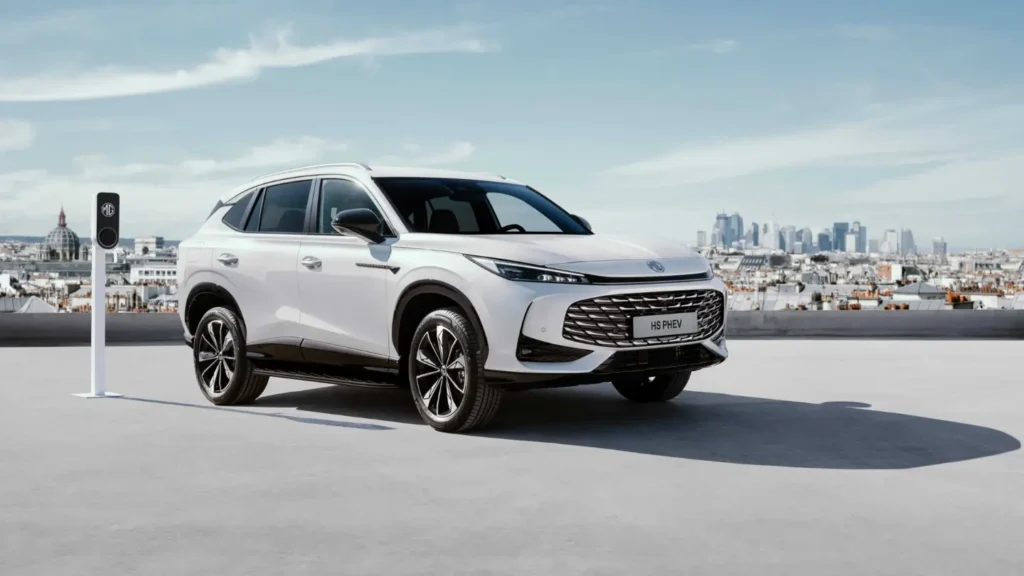
Plug-in hybrids offer the most electric capability without going for a complete EV. They feature a larger battery that you can charge externally, allowing for longer electric-only driving.
How does it work?
- Electric-first driving: Many PHEVs can travel 50–100 km on electric power alone before switching to hybrid mode.
- Dual charging: Recharges via plug-in charging, regenerative braking, or the engine.
What are its advantages?
- Extended electric driving range for short commutes.
- Excellent fuel savings when charged regularly.
- Flexibility to use petrol for longer trips.
Plug-in hybrid (PHEV) cars like MG HS, Mitsubishi Eclipse Cross, BYD Sealion 6, Mitsubishi Outlander and Cupra Leon all use PHEV systems.
It’s also being used in new-age performance cars to meet tighter emission norms like the BMW XM which combines a 4.4-litre turbocharged V8 with a plug-in hybrid system that offers no EV range but claims a fuel economy of 2.7L/100km.
Who is it best for?
Drivers with access to home or workplace charging who want the best of both worlds: EV-like short trips and petrol backup for longer journeys.
A quick comparison: MHEV vs HEV vs PHEV
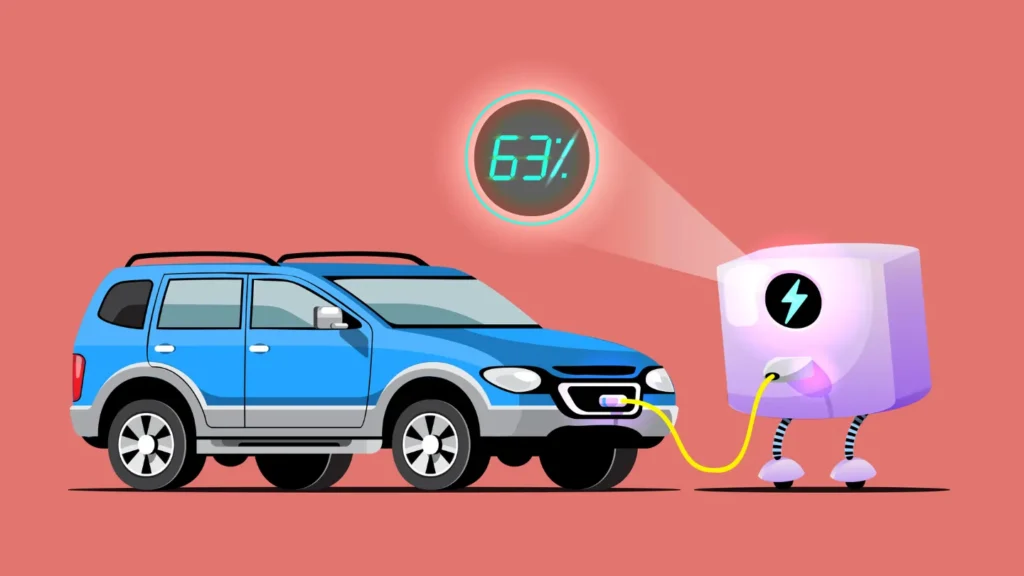
| Feature | Mild-Hybrid (MHEV) | Hybrid (HEV) | Plug-In Hybrid (PHEV) |
| Electric-only driving | ❌ | ✅ (short drives) | ✅ (longer drives) |
| Needs external charging | ❌ | ❌ | ✅ |
| Fuel efficiency improvement | Moderate | High | Very high (with charging) |
| Cost | Lowest | Moderate | Highest |
| Best for | Improving efficiency affordably | City & mixed driving without charging | Short daily trips with occasional long drives |
Should you buy a Hybrid?
You should consider a hybrid if you:
- Want better fuel economy and lower emissions than a petrol car.
- Mostly drive in the city, where regenerative braking saves the most fuel.
- Don’t want the hassle of range anxiety and plugging in every night.
You might want a plug-in hybrid if you have easy access to a charger and want to do most of your daily driving on electric power, with petrol backup for longer adventures.
As the automotive world continues moving toward greener energy, hybrid vehicles offer a smart and flexible stepping stone between traditional petrol cars and full EVs.
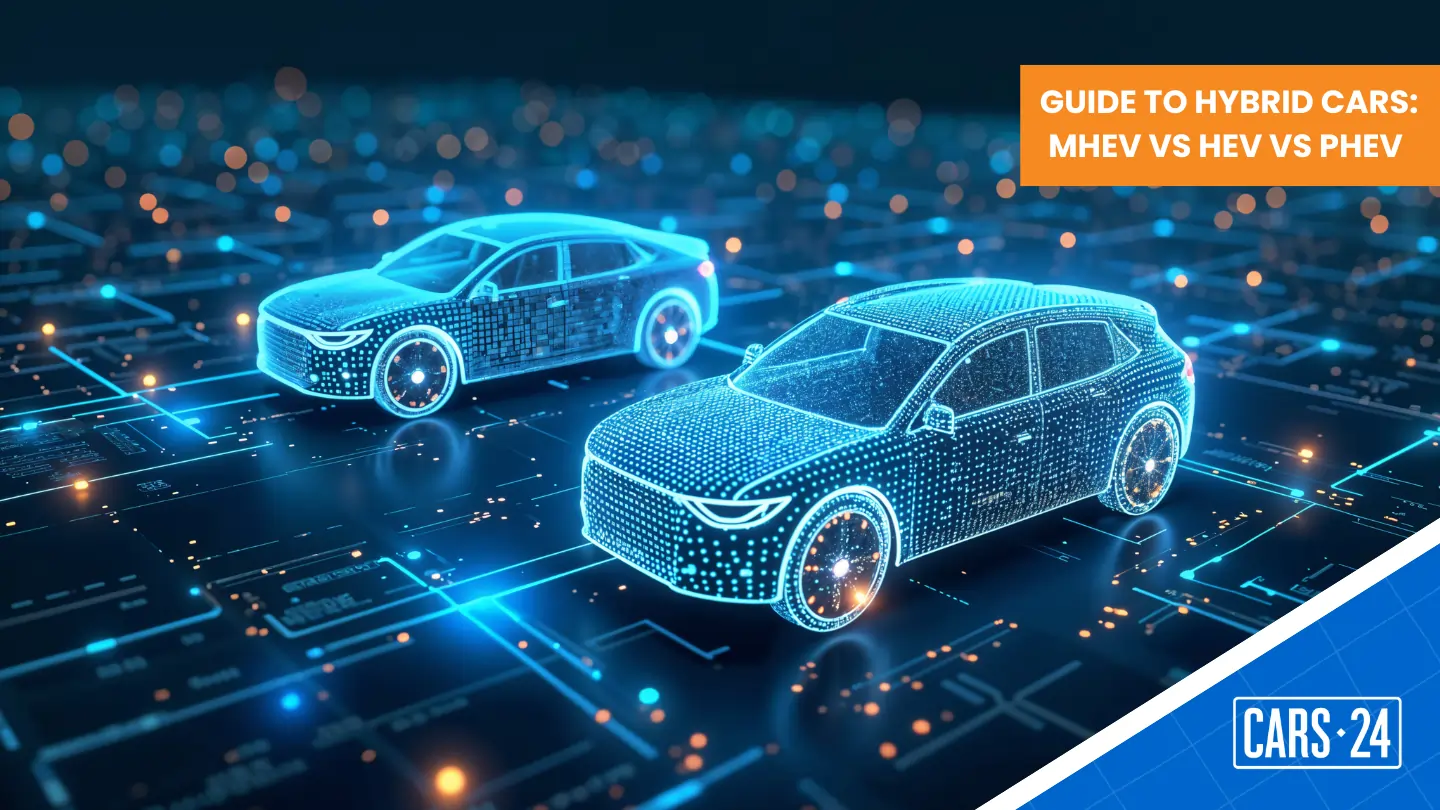
Comments
New Comment